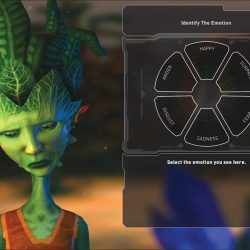Bullies Exposed
Social media reveals bad behavior offline.
Hundreds of millions of daily posts on the social networking service Twitter are providing a new window into bullying — a tough nut to crack for researchers.
“Kids are pretty savvy about keeping bullying outside of adult supervision, and bullying victims are very reluctant to tell adults about it happening to them,” says Amy Bellmore, a UW educational psychology professor. “They don’t want to look like a tattletale, or they think an adult might not do anything about it.”
Typical bullying research methods rely on the kids — victims and bullies alike — to describe their experiences in self-reporting surveys. So Bellmore teamed up with Jerry Zhu, a UW computer sciences professor who studies machine learning, to teach computers to scour the endless feed of Twitter posts for mentions of bullying events.
Their findings? There are more than 15,000 bullying-related tweets per day. “The computers are seeing the aftermath, the discussion of a real-world bullying episode,” Zhu says.
Computers also developed an eye for the social media roles played by Twitter users who are wrapped up in bullying events, learning ways to identify bullies, victims, accusers, and defenders. As the researchers dug into the tweets selected by computers, they identified a new role: the reporter. It’s just like it sounds: a child who witnessed or found out about, but wasn’t participating in, a bullying encounter.
In the long run, these methods could be used to help identify children in need of an intervention and to show those who are being bullied that they are not alone.
“A way victims often make sense of their bullying is by internalizing it,” Bellmore says. “They decide that there’s something bad about themselves — not that these other people are jerks. When they’re exposed to the idea that other people are bullied, actually it has some benefit. It doesn’t completely eliminate the depression or humiliation or embarrassment they might be feeling, but it can decrease it.”
Published in the Winter 2012 issue



Comments
No comments posted yet.